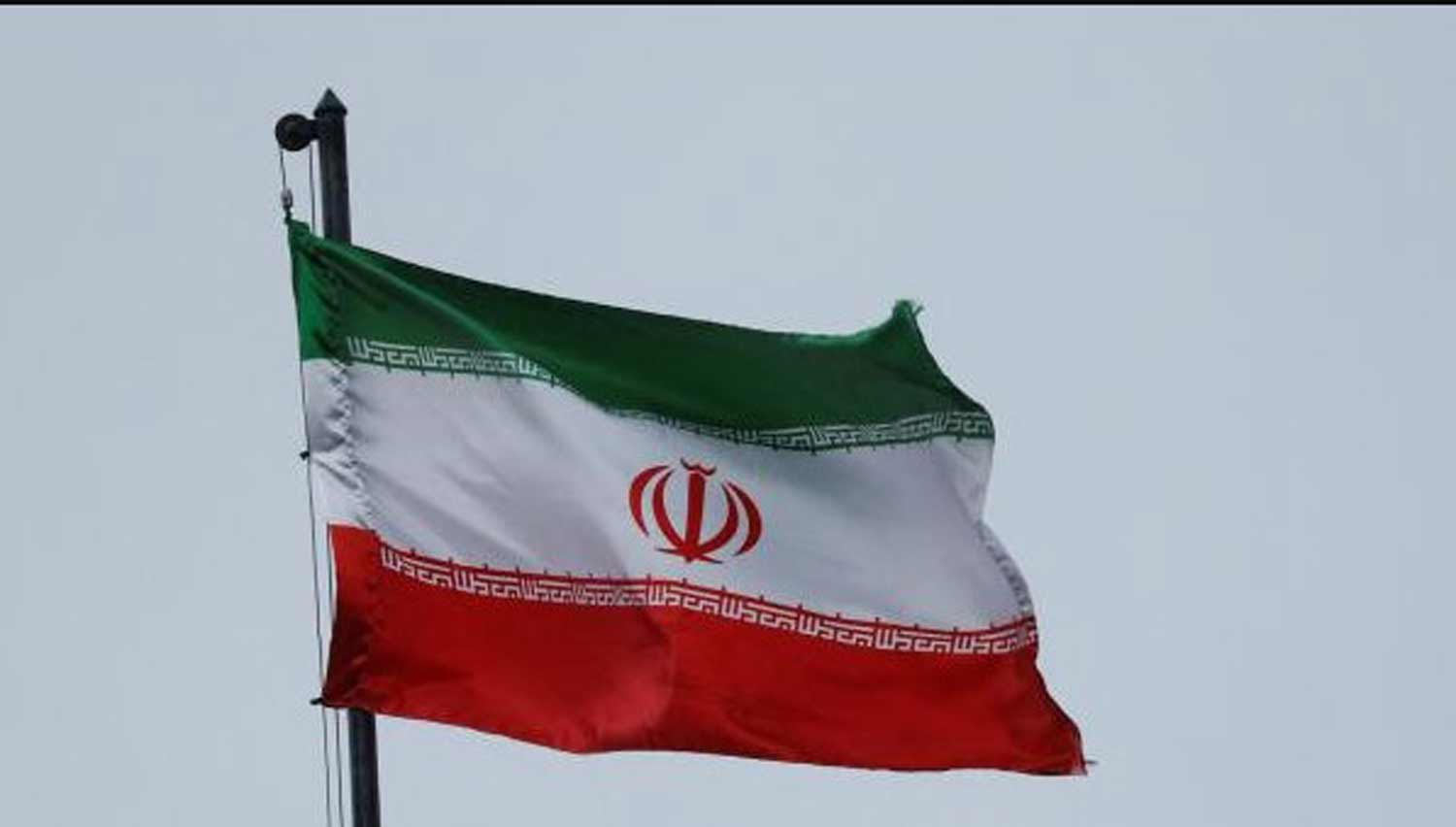The Royal Saudi Air Defense Forces (RSADF) have bolstered their national air defense capabilities with the graduation of a second cohort of personnel trained to operate the American-made Terminal High Altitude Area Defense (THAAD) missile system. The graduation ceremony, which took place at Fort Bliss in El Paso, Texas, represents a crucial advancement in the Kingdom’s comprehensive strategy to establish a multi-layered air and missile defense system in response to escalating regional threats.
This milestone not only improves Saudi Arabia’s capacity to protect its territory from ballistic missile threats but also enhances regional security by strengthening the integrated air defense framework of the Gulf Cooperation Council (GCC) nations. The training underscores the ongoing commitment of both Saudi Arabia and the United States to foster military collaboration and align their strategic goals in promoting stability throughout the Middle East.
The THAAD (Terminal High Altitude Area Defense) is a state-of-the-art, mobile air defense missile system developed by the American company Lockheed Martin, designed to intercept and destroy ballistic missiles during their terminal phase using hit-to-kill technology. Unlike systems that target threats at low or medium altitudes, THAAD is capable of neutralizing incoming missiles at higher altitudes and over greater distances, providing extensive protection across large geographic areas. Each battery is equipped with advanced AN/TPY-2 radars, multiple launchers, and interceptor missiles, all working together to detect, track, and eliminate hostile projectiles before they can reach their intended targets.
In 2017, the United States finalized a significant $15 billion agreement to provide Saudi Arabia with the THAAD missile defense system. This deal included 44 launchers, 360 interceptors, seven radar units, and a comprehensive command and control framework. This transaction stands out as one of the largest arms sales in the history of U.S.-Saudi defense relations, highlighting the deep strategic partnership between the two nations and Saudi Arabia’s goal of becoming a leading military power in the region with advanced technology.
The role of THAAD in the Gulf region is critical. Saudi Arabia is continually threatened by ballistic missile and drone assaults, particularly from non-state actors and state-backed proxy groups in neighboring territories. The 2019 strikes on Saudi oil facilities in Abqaiq and Khurais underscored the vulnerabilities of essential infrastructure and the pressing need for a robust and responsive air defense system. THAAD’s capability to intercept threats at high altitudes and over long distances addresses a vital need within the Kingdom’s air and missile defense framework, working in conjunction with systems like the Patriot PAC-3 and local defense initiatives.
Furthermore, THAAD’s deployment in Saudi Arabia serves not only as a national defense asset but also as a strategic resource for the region. It enhances a collective defense structure that can safeguard neighboring Gulf Cooperation Council (GCC) countries and foreign military installations in the area, including those operated by the United States and its allies. The presence of well-trained Saudi THAAD operators bolsters the overall ability to detect and neutralize missile threats from adversaries such as Iran, which continues to advance and spread sophisticated missile technologies.
The partnership between the United States and Saudi Arabia regarding THAAD provides significant advantages for U.S. military operations in the area. U.S. Central Command (CENTCOM) depends on support from host nations for force protection and regional stability. A Saudi military equipped with advanced systems like THAAD improves interoperability with U.S. forces and alleviates the pressure on American air defense resources stationed throughout the Middle East. In situations involving intense conflict or missile threats, the Kingdom’s capacity to operate THAAD autonomously leads to faster response times and greater operational resilience.
Moreover, the training of Saudi personnel under U.S. guidance not only enhances their technical skills but also ensures alignment in military doctrine, which aids in effective coordination during joint exercises and real-world scenarios. The THAAD initiative also contributes to the Kingdom’s Vision 2030 goals by promoting defense industrialization and the development of human capital. Lockheed Martin has initiated efforts to localize certain components of the system within Saudi Arabia, thereby boosting domestic production capabilities and generating high-skilled employment opportunities in the defense industry.
The THAAD air defense missile system, produced in the United States, functions as both a protective barrier and a representation of Saudi Arabia’s strategic partnership with the U.S. By enhancing its operational capabilities with advanced systems such as THAAD, the Royal Saudi Air Defense Forces (RSADF) not only safeguard their airspace but also contribute to regional stability and strengthen the security infrastructure that U.S. and allied forces rely on in the Middle East.
Discover more from Defence Talks | Defense News Hub, Military Updates, Security Insights
Subscribe to get the latest posts sent to your email.





